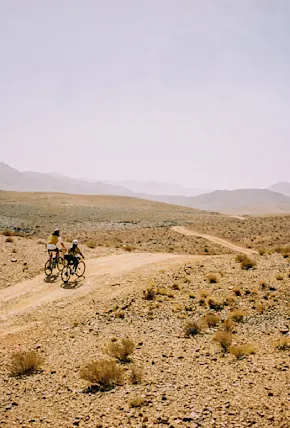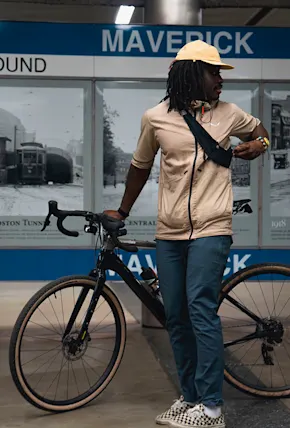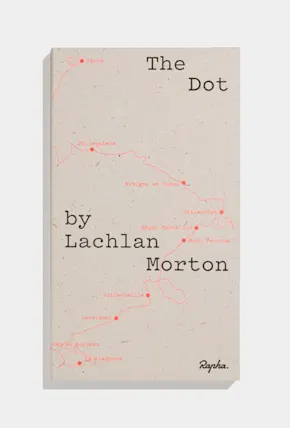Once winter starts, Peru really is very dry—we only felt moisture when we were traveling through clouds at high altitudes. However the longer you leave after May, the colder it will become.
How to Get There
The official Divide route starts in Huaraz which is about 400km or 14 hours north of Lima by bus. Huaraz, the second largest city in the Peruvian Andes, is a mountain sports hub and sits at just over 3,000 meters above sea level. It is well catered for tourists and there are opportunities to stock up on last minute provisions and even some small gear shops, but don’t rely on them. Stocks are limited and so is the selection. Bring everything you can!
The most common and cost effective way to get to the Trailhead in Huaraz is by an approximately seven hour bus ride from Lima. From Lima airport you’ll need to find your way to one of the national bus stations. They are all about 30 minutes by taxi, but be aware that you will be paying a tourist tax on fares here. When I was there 70 soles (~$18 USD) seemed to be the going rate, which I only discovered after paying around 200 for a car I booked from the airport. The best way to avoid this is just to chat with your driver and agree on a rate before you start.
We used Cruz Del Sur bus company, one of the largest operators in the area. There is a supermarket nearby the station where you can stock up for the journey, as well as numerous street vendors. Be prepared for busy stations where you won’t understand how things operate. Be patient and everything will be fine, as long as you keep your eyes on your bikes.
The buses are comfortable but can get very crowded and don’t stop often, so take snacks and water and be prepared to settle in. You will also go from sea level to 4,200 meters on this journey so it might be worth considering altitude sickness preventative measures at this point.
It’s less problematic to travel on the buses if your bike is left in your bike box or bag, but still not the easiest of tasks. Be prepared to hustle. You need to buy a separate ticket for your bike too, and check it in separately which can cost more than the cost of a seat but is just how it goes.
We found the reception in Huaraz was much friendlier than the one in Lima. It was easy to find people happy to help us find a ride to your accommodation, even with a bike box.
How to Acclimate to Altitude
Altitude affects the body's performance due to lower oxygen levels and thinner air. The amount of oxygen that your body absorbs is significantly reduced at anything above 2,500 meters above sea level. You notice it immediately.
On arrival into Huaraz, which sits at 3,000 meters, even a short walk to the local restaurant left our party short of breath on a walk that made us feel like we were walking through sand, even after months of training. You simply must prepare to spend around 5 to 7 days acclimatizing and allowing your body to adapt prior to starting your ride. This will allow ample time for the body to create more red blood cells and efficient breathing patterns.
Thankfully, the town is full of people doing the same. You’ll find lots of places to eat and get last minute supplies in Huaraz. Listen to your body, rest, build up daily amounts of exercise and don’t try and rush this process. Without it, you can experience serious complications like high-altitude pulmonary edema, where fluid builds up in the lungs, making it hard to breathe. Some people in our group experienced this and had to end the ride early, so don’t underestimate this.
















